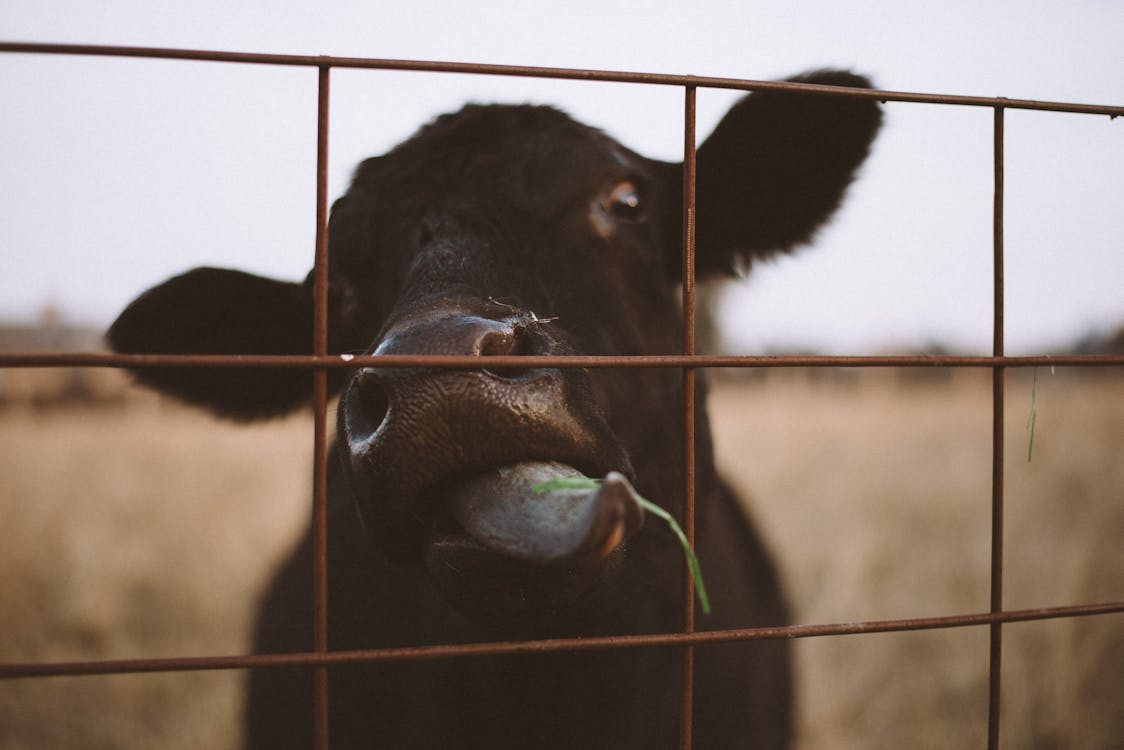Patience is a virtue
Raising or finishing cattle on grass is a longer process than grain feeding or finishing. In fact, grass-finishing can often require 24 and 30 months. By comparison, steers can be finished on grain in three to five months depending on how old the calves are when the graining process begins. Calves are typically weaned and sold to a feedlot between 7 and 12 months of age, or when they reach approximately 500 pounds.
With grass-fed beef, supply must be prioritized over meeting demand. Customers must understand that grass-fed beef requires careful finishing. It could be useful to create a waiting list and send seasonal updates to let customers know that their high-quality product is on its way.

Supplementing Grass-Fed Cattle
Native and cultivated grasses are sometimes deficient in key nutrients due to absence in the soil. When raising grass-fed cattle, consider supplementing the vitamins, minerals and other nutrients lacking in your forage.
There are many mineral and nutrient licks, grains and other supplement types that you might consider if you know what specific nutrients are lacking in the feed. If you are unsure of your pastures nutritional value there are resources available to guide you.

Record weights to finish faster
Using a scale to record weights can be an excellent way to know whether your grazing program is leading to gains. Ideally, take weights once every two weeks at the same time of day, e.g., first thing in the morning before cattle have grazed. A successful grazing management program will yield an average daily gain of at least 2 pounds with 2.5 pounds being ideal. If you aren’t hitting these numbers, adjust your grazing program and measure again in two weeks. Another good rule of thumb is to aim for an 1,100-pound finishing weight, but this varies depending on breed.
Choosing Cattle That do Best on Grass
Not all animals are created equal, even among breed types. It is important to select fast-growing, moderately sized cattle that are deep bodied for optimal grass-fed beef production. Larger framed animals have higher forage intake requirements and may have more trouble keeping condition during the stress of summer and winter. They will also likely take longer to finish.
Early maturing breeds will begin to gain fat more quickly allowing you to make the most out of its first grazing season after birth, while breeds known for ample milk supply will keep calves full without needing to supplement their diets to support lactation.
We hope that this blog post provided you with a deeper understanding of what is involved in raising grass fed cattle. We here at TX BAR Grassfed believe that grass fed beef is not only healthier for you and is of a higher quality, but it is also more humane.
Get in touch if you would are interested in the best quality of grass-fed beef that North California has to offer and want to put these tips into practice.







